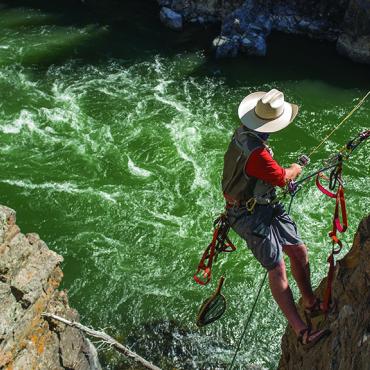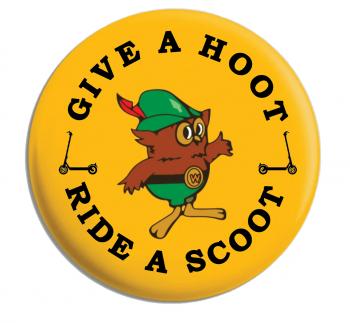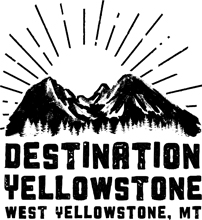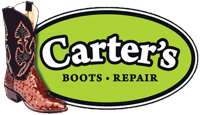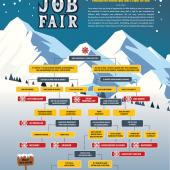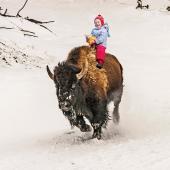Zoot Scoot Riot
Taking a stand on Bozeman's trails.
Montana’s towns are known for many different things. We’ve got fishing towns, biking towns, hunting towns—heck, Missoula has even been called a surf town. But now, starting this fall, Bozeman will be known by a new, unexpected description: a scooter town.
Yep, the same avian-oriented electric-scooter brand already seen in flocks around town is developing a new off-road class of trail scooters, with Gallatin County chosen as its test site. Soon, you’ll find these scooters out and about on all your favorite trails.
We checked in with the company’s chief electricity officer, Alonzo Muskrat, for details. “Where others see lots of people with more money than sense, I see opportunity,” he said. “And when I come across a thriving new-west town like Bozeman, I know there’s something for me to exploit. Which is why I have another can’t-miss side-project in the works: freeze-dried sushi made with Yellowstone cutthroat trout.”
Muskrat went on with specifics about his new product: “After seeing people venture outside the designated range for the current scooters and encroaching on the nearby trails, I thought, this is it. First it was the Gallagator, then Peets Hill, and finally, we started seeing folks trying to scoot up Leverich.”
“The scooters are designed to shut off when they’re taken outside of a given GPS range,” Muskrat continued, “but I saw this as a chance for some free R&D, so I unlocked the scooter and watched it climb up and up, then plunge downhill. The rider was badly injured when the scooter’s chassis snapped in two—of course, they weren’t made for that kind of abuse. But it’s a sacrifice I was willing to make for progress. We settled out of court.”
The new models, however, are well-equipped for the job, and Muskrat claims they’re as capable as a mountain bike. Features include hydraulic disc brakes, full suspension, a beefed-up motor for charging up slopes, burly tires for screaming downhill, and a handlebar phone mount for nonstop selfie capabilities. They’re called OWLS, short for Off-road Wilderness ‘Lectric Scooter, and they’re currently available for rent at every bike, skateboard, and pot shop around Bozeman, at cut-rate prices and with special rental incentives. “The electric-bike market is booming,” said Muskrat. “And my investors want a piece of the pie. I’m renting out my entire Gen 1 fleet at cost.”
Despite the ready availability and affordable pricing, not everyone is on board. Electric Bikers Without Borders (EBWB, or eebie-weebies as they’re known around town), a grassroots activist group promoting electric-bike access to area trails, put out a press release condemning OWLS. “As a fully motorized device, lacking the pedal-assist functionality of an electric bicycle, the off-road scooter cannot legally travel off road,” the release stated. “Besides, with the current promotions, those guys are clearing out all the best weed gummies.”
“Half our calls these days are from scooter collisions,” said SAR director Ben Hurt. “We’re already out there, loading up injured and deceased riders—we might as well grab the scooters, too.”
Muskrat remained unmoved. “They’re just jealous,” he said in an interview with High Times afterward. “We’re push-assist—what’s the difference? Besides, those eebie-dweebies lack our marketing muscle.” Muskrat was referring to the company’s “Give a Hoot! Ride a Scoot!” bumper stickers, tee shirts, and other merchandise, fashioned after the famous Woodsy Owl campaign from the ’70s and ’80s. With 40% recycled material, OWLS are considered more environmentally friendly than other forms of transportation—an important consideration for younger consumers, who prefer to limit their pollution to massive server farms in places far away from where they live. This commitment to environmental dogma has impressed the Sierra Club, which contracted Greta Thunberg to star in a Netflix series about OWLS-riding environmental detectives who patrol the woods in search of Endangered Species Act violations.
Other OWLS riders have formed their own independent enthusiast group. The “Zoot Scooters” are a vigorous assemblage of former Lindy Hop dancers whose aging knees can no longer handle the abuse of dance-floor acrobatics. They’ve embraced OWLS as a means to maintain their active lifestyles, and often ride in tandem with Duke Ellington blaring from micro-Bluetooth handlebar speakers, to simulate the dancing days of yore. Several collisions with bikes have sent both riders to the hospital, but the group insists it’s just a matter of getting used to a new reality. They’ve even gone so far as to pull rank on bike-riders: because scooters don’t have seats, the group says, they have the same right-of-way benefits as a hiker, to whom all other two-wheeled travelers must yield. Their website slogan was chosen to reinforce that assertion: “The Erect & Proud Crowd.”
As for logistical concerns, majority OWLS investor Geoff Bozos is reportedly preparing the mountain landscape for the inevitable influx of scooters on the trails. “We’re installing solar-powered charging stations at a few key points near the end of the scooters’ battery range, to ensure that riders can go all day long,” he said in an official statement. “The top of Mt. Baldy, Emerald Lake, and Garnet Mountain Lookout are first on the list. And our surveyors are already working with the US Forest Service to map out re-charge points along the future Continental Divide Scooter Trail.”
“Where others see lots of people with more money than sense, I see opportunity.”—Alonzo Muskrat, OWLS CEO
The last step for OWLS, according to Muskrat, is getting the local search-and-rescue team on board. Just like around town, the company will need to round up scooters with dead batteries. After a generous cash donation and a full medical scooter fleet, the county has agreed to incorporate some gig work into their typical recovery objectives. “Half our calls these days are from scooter collisions,” said SAR director Ben Hurt. “We’re already out there, loading up injured and deceased riders—we might as well grab the scooters, too.” These equipment-recovery efforts will obviously cause a few delays for regular calls, but Hurt doesn’t anticipate any problems. “Pain’s good for people,” he said. “Especially Californians. Maybe they’ll learn some patience, too.”
Just like everything else, this change to our local trail scene might take some getting used to. Only time will tell what kind of effect it has, and one can only hope it’s for the better. For now, however, it’s out with the old and in with the scoot.
For more information, visit giveascoot.com.


